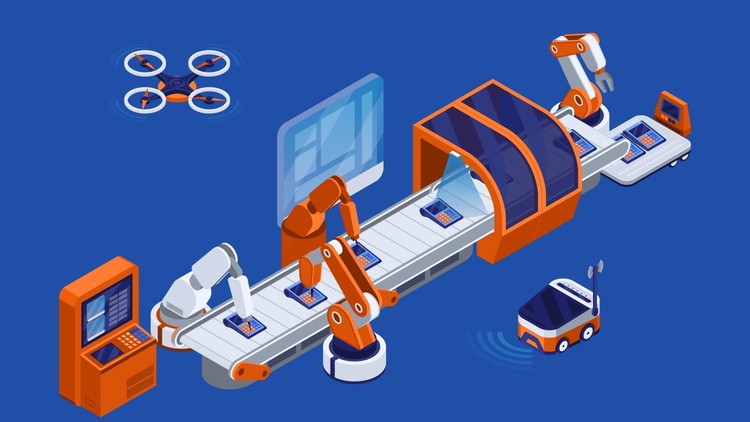Lean Six Sigma in IT: Mastering Process Improvement
Unlock the power of Lean Six Sigma for IT and elevate your process improvement skills to drive efficiency and quality.
4.40 (31 reviews)

11,985
students
3.5 hours
content
Mar 2024
last update
$39.99
regular price
What you will learn
Introduction to Lean Six Sigma in IT.
Understanding the history and philosophy of Lean Six Sigma.
Identifying types of waste and learning about the seven levers with examples.
Exploring value stream mapping, Six Sigma methodology, and philosophy.
Integrating DMAIC methodology and selecting appropriate projects.
Creating a data collection plan and understanding its significance.
Learning various tools and activities for process improvement.
Mastering tools such as histograms, Pareto charts, and cause-and-effect diagrams.
Understanding stakeholder management and communication plans.
Exploring success factors for Lean Six Sigma implementation in IT.
Summary and key takeaways for course improvement.
Related Topics
4848078
udemy ID
8/24/2022
course created date
10/13/2022
course indexed date
Bot
course submited by